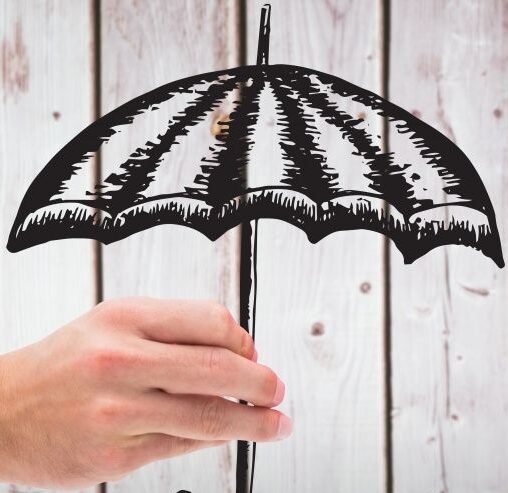Every year, over 6 million car accidents happen in the United States. Dealing with the aftermath can be tough. It’s important to know your rights and what to do next, whether you caused the accident or not. We’ll help you with the key steps to follow when facing car accident liability. This includes figuring out who was at fault and how to protect your rights.
Key Takeaways
- Understand your liability and rights in a car accident
- Learn how to determine fault and navigate comparative negligence laws
- Gather essential evidence and documentation after the accident
- Communicate effectively with insurance companies and legal representatives
- Protect your interests and seek appropriate compensation or legal representation
Understanding Your Liability in a Car Accident
Car accidents often make it important to figure out who was at fault. This means looking at police reports, witness stories, and evidence. These help us understand what happened and who was to blame.
Determining Fault
Figuring out fault in a car crash can be tricky. Things like texting while driving, speeding, or not giving the right of way can cause accidents. Sometimes, both drivers might be partly to blame. This is where comparative negligence laws come in.
Comparative Negligence Laws
Comparative negligence laws are key in car accident cases. They look at how much fault each driver had. If you were partly to blame but not as much as the other driver, you might still get damages. Knowing these laws helps with personal injury claims and settlement negotiations.
Looking closely at your car accident and the laws helps you understand your liability. This is vital for protecting your legal rights. It ensures a fair outcome in personal injury claims or settlement negotiations.
Steps to Take When Facing Car Accident Liability
Dealing with a car accident can be overwhelming. But, knowing what to do next can help a lot. It’s important to act fast and carefully to protect your rights. Here’s what you should do:
- Gather Evidence – Collect as much information as possible from the accident scene. This includes photos of the vehicles, the location, and any visible injuries or damage. Also, get the contact info of any witnesses who saw what happened.
- File an Accident Report – Tell the local authorities about the accident and get a copy of the official accident report. This report is key evidence for your claims.
- Seek Medical Attention – Even if you don’t feel hurt, get a medical check-up to document any injuries. Keep records of all medical costs, including treatment, rehab, and follow-up care.
- Initiate Vehicle Repairs – Call your insurance to start fixing your car. Give them all the needed documents, like the accident report and repair estimates.
By taking these steps, you can build a strong case for insurance claims and legal actions. Remember, acting quickly and carefully can protect your rights and help you get fair compensation.
Conclusion
Understanding how to handle car accident liability is key to protecting your rights and reducing legal and financial issues. This article has provided guidance on car insurance claims, evidence collection, and securing a good settlement. Getting legal representation can also help protect your interests in personal injury claims.
It’s important to be alert, keep detailed records, and work with your insurance and legal team for the best results. By being proactive and knowing the laws and steps, you can lessen risks and focus on healing, both physically and financially.
The process of dealing with car accident liability can be tough, but with the right steps and support, you can come out okay. Stay updated, get professional help when it’s needed, and move forward with confidence. You’re taking the right steps to protect yourself and your future.
FAQ
What should I do if I’m facing car accident liability?
If you’re facing car accident liability, start by gathering evidence. Take photos of the scene, get a police report, and collect witness statements. Also, report the accident to your insurance and give them a detailed account of what happened.
How do I determine fault in a car accident?
Figuring out fault in a car accident is complex. You’ll look at the police report, scene evidence, and witness stories. An insurance provider or a lawyer can help you understand your liability under your state’s laws.
Do I need legal representation if I’m facing car accident liability?
Legal help isn’t always needed but is often a good idea. A lawyer can guide you through insurance claims, negotiate a fair settlement, and defend your rights if you sue.
What should I do about medical expenses and vehicle repairs after a car accident?
After an accident, keep track of all medical bills and start fixing your car. Your insurance can help with claims for medical and car repairs. Keep detailed records of all costs and documents.
How can comparative negligence laws impact my liability in a car accident?
Comparative negligence laws vary by state. They decide how much each party is to blame for damages. If you’re partly to blame, your compensation could be cut. It’s important to know these laws and how they affect you.

